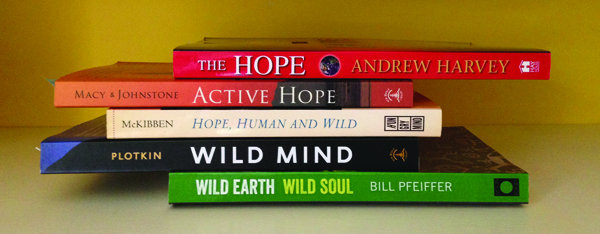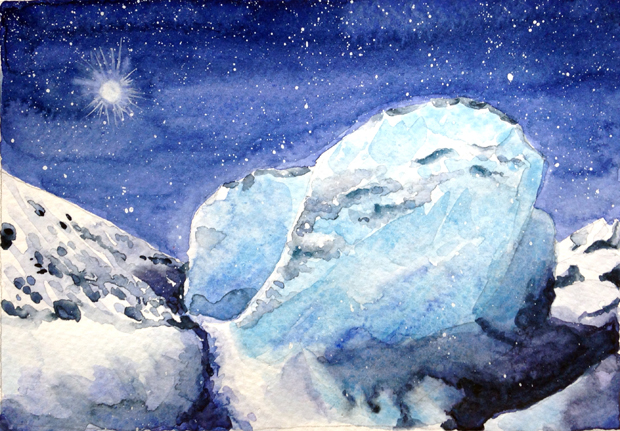I’ve written before about the play between mythos and logos, particularly the impoverishment of our lives from the elevation of logos—reason, facts—over its partner mythos—meaning, context. Logos alone sends us looking for truth in news items, not in fairy tales. At least until recently. The very crisis of the so-called “fact-free” world we woke up to post-election points to the inadequacy of logos alone to make sense of the world. And we’ve gone so long without mythos; it’s hard to visualize its relevance anymore. Or what it even looks like in the physical world.
In the first century BCE, back when mythos and logos still enjoyed equal billing, a Roman architect and engineer called Vitruvius wrote an architectural treatise called The Ten Books on Architecture. It’s actually an interesting read. The most quoted principles from it are the triumvirate: firmitas, utilitas, and venustas, or “firmness, commodity, and delight.” Vitruvius argued that architecture must be structurally sound, functional, and beautiful—all three. It must serve its purpose economically and spiritually. Though human cultures and their architectural styles have taken many different forms over the centuries, these underlying principles have generally held. When logos was promoted over mythos, the unraveling began. Continue reading




